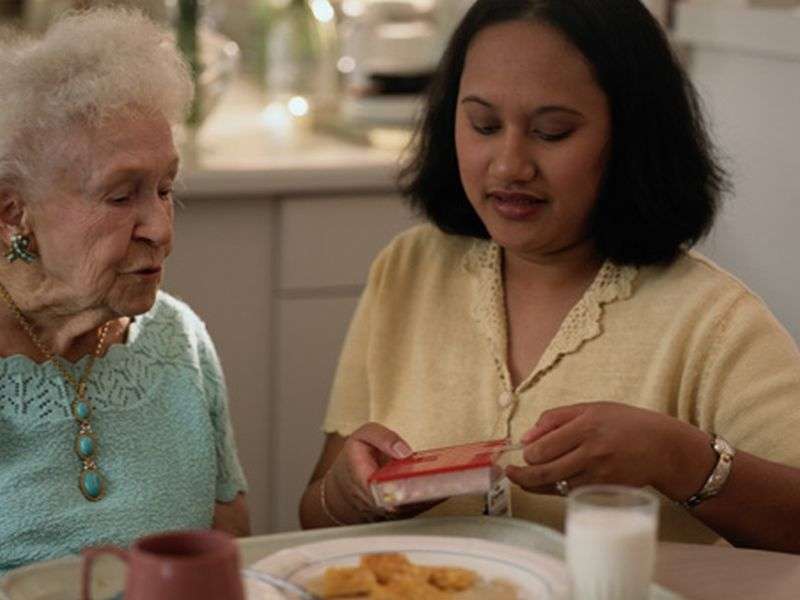(HealthDay)—The home-based primary care (HBPC) model at the core of the Independence at Home (IAH) demonstration has the potential to produce considerable savings for Medicare and Medicaid, according to research published online May 31 in the Journal of the American Geriatrics Society.
Noting that the IAH Demonstration Year 1 results showed savings of 7.7 percent for all programs, Bruce Kinosian, M.D., from the University of Pennsylvania in Philadelphia, and colleagues examined the effect of expanding HBPC to the 2.2 million Medicare beneficiaries who are similar to IAH demonstration participants.
The researchers found that, depending on the speed and extent of dissemination of HBPC among this IAH-like population, total savings ranged from $12 billion to $53 billion. At the end of 10 years, 35 percent coverage would be achieved, using a fixed growth rate as experienced by hospitalists in the first decade; total 10-year savings would reach $37.5 billion through IAH and $17.3 billion accruing to the Centers for Medicare & Medicaid Services as a net reduction in overall expenditures. The Medicare Parts A and B savings would be $12.6 billion.
"Strategies to speed expansion of IAH teams are a useful area for evaluation, because more-rapid expansion will increase savings to Medicare and possibly Medicaid while improving care for Medicare's frailest beneficiaries," the authors write.
More information:
Abstract
Full Text (subscription or payment may be required)
Journal information: Journal of the American Geriatrics Society
Copyright © 2016 HealthDay. All rights reserved.





















